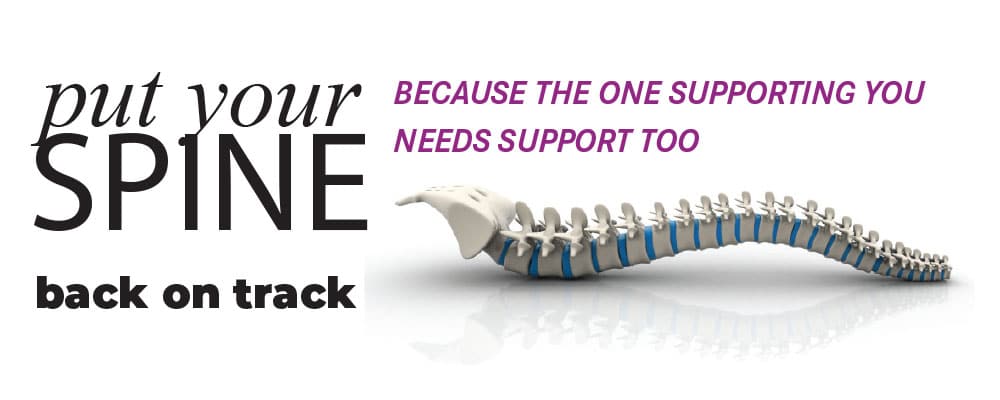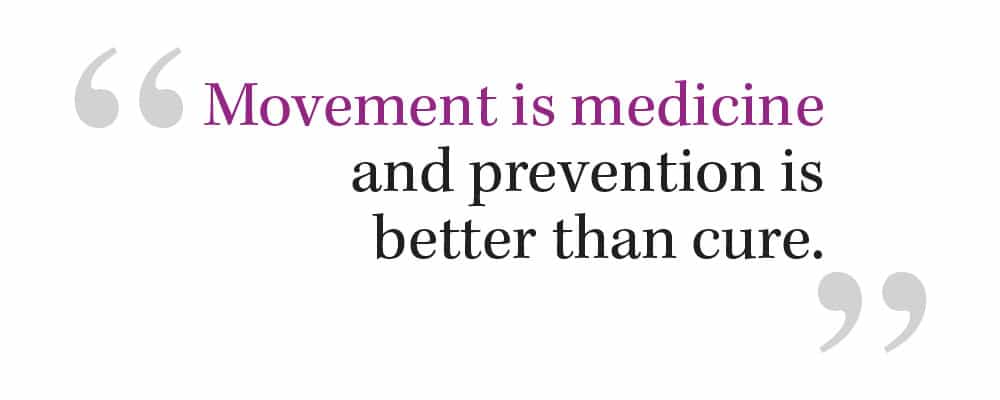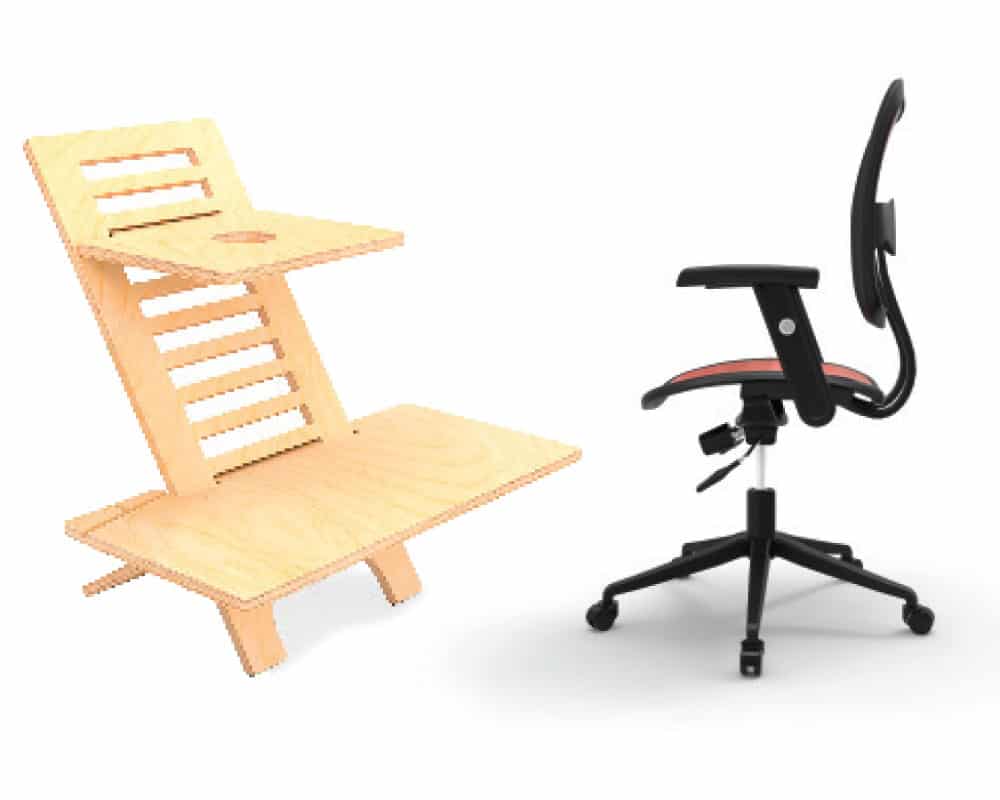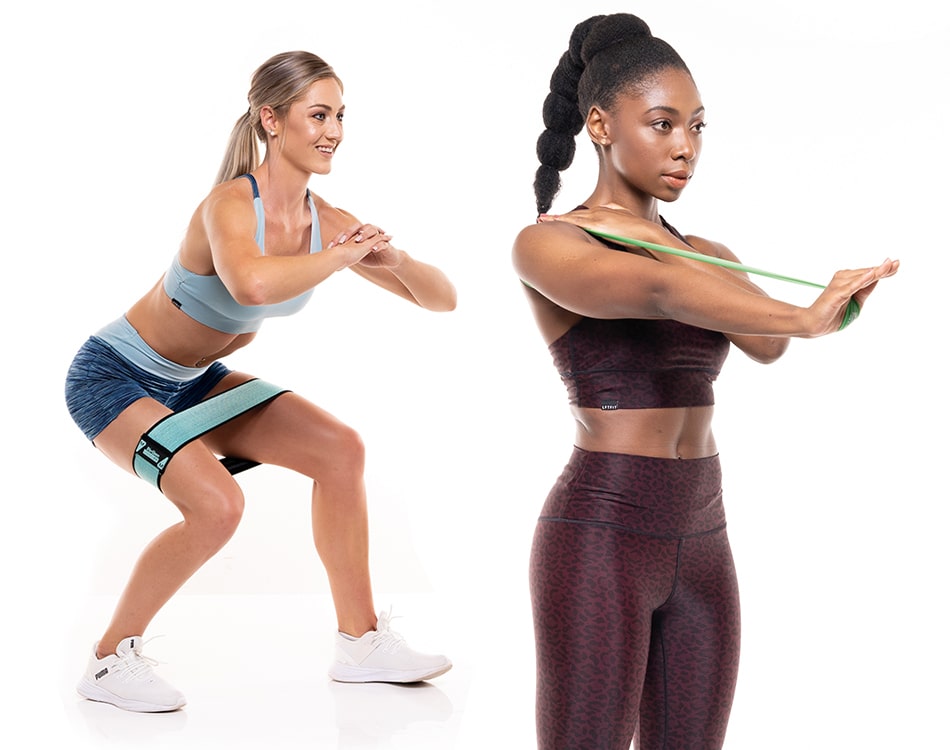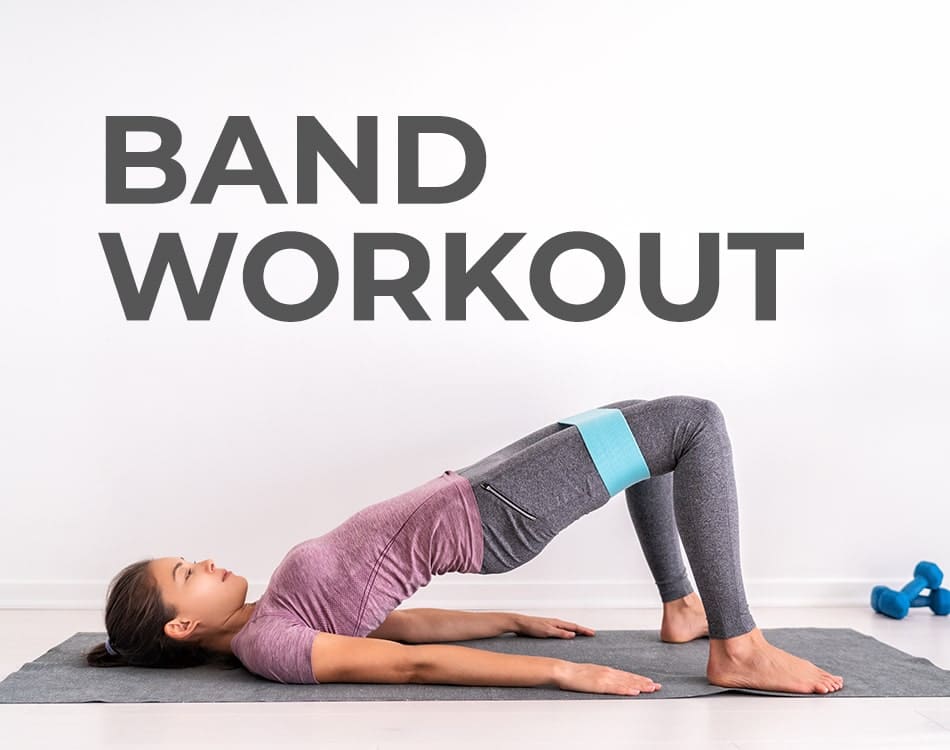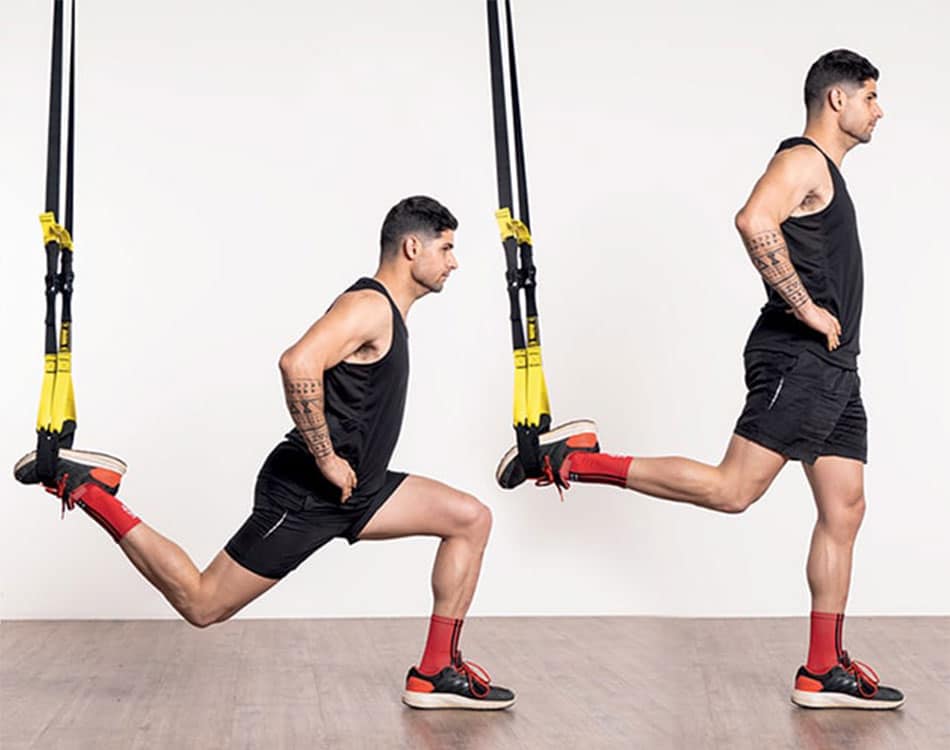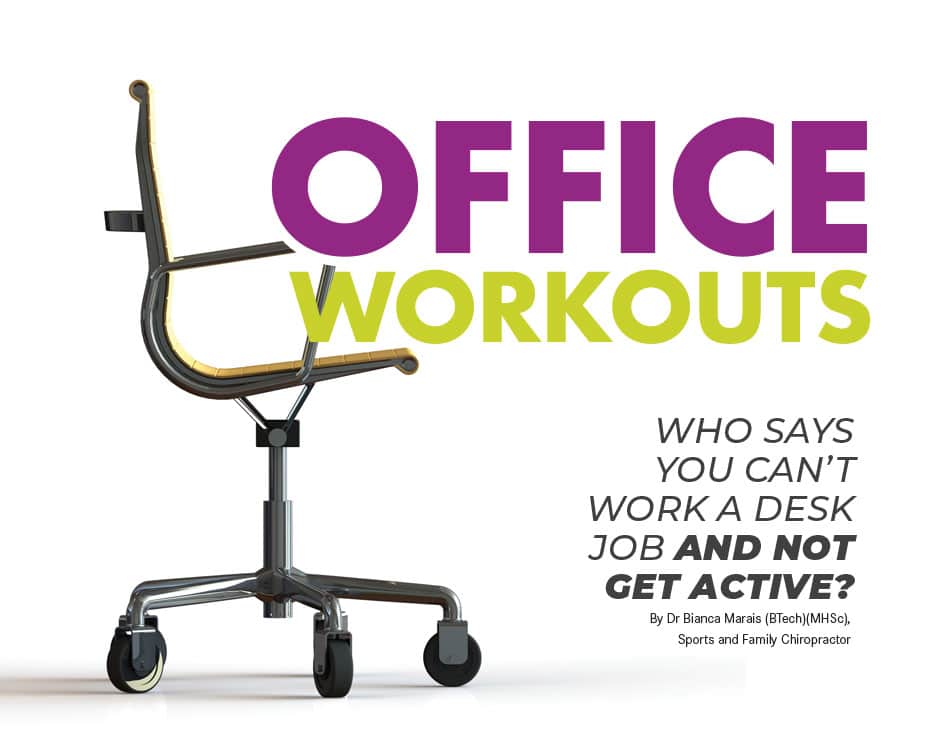
Who says you can’t work a desk job and not get active?
By Dr Bianca Marais (Btech)(MHSc), Sports and Family Chiropractor
With warranted concern mounting that sitting is the new smoking due to the impact inactivity has on our health and fitness, it’s crucial to find opportunities to move more every day.
Thankfully, we’ve got your back, literally! It’s time to add desk exercises to your daily work routine…
Neck stretches
- Place your right hand on the left side of your ear. Gently pull your head across, dropping your right ear towards your right shoulder until you feel a slight stretch on the left side of your neck.
- Roll your chin down towards your chest.
- Once centred, place both your hands on the back of your head and gently pull your head towards your breast bone until you feel a stretch at the back of your neck.
- Roll your chin up towards your chest on the other side.
- Place your left hand on the right side of your head. Gently pull your head across, dropping your left ear towards your left shoulder, until you feel a slight stretch on the right side of your neck.
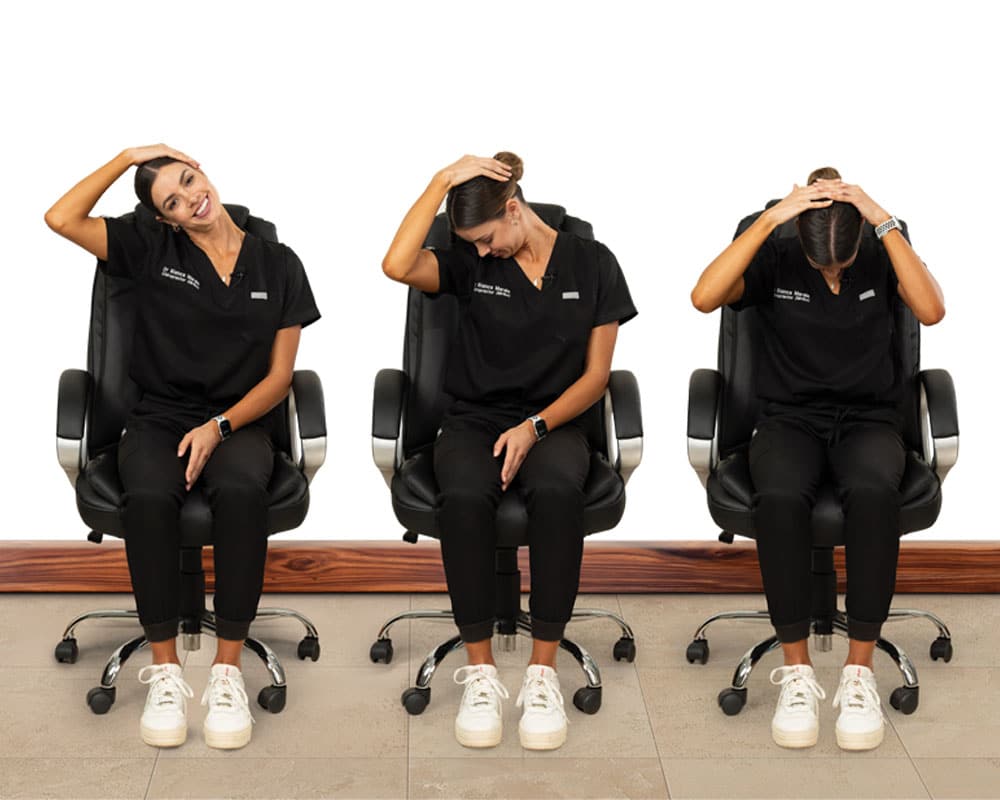
Seated spinal twist
- Sit up straight in your chair. Place your right hand on the outside of your left thigh and twist your torso and head to the same side.
- Rotate to the other side. Place your left hand on the outside of your right thigh and twist your torso and head to the same side.
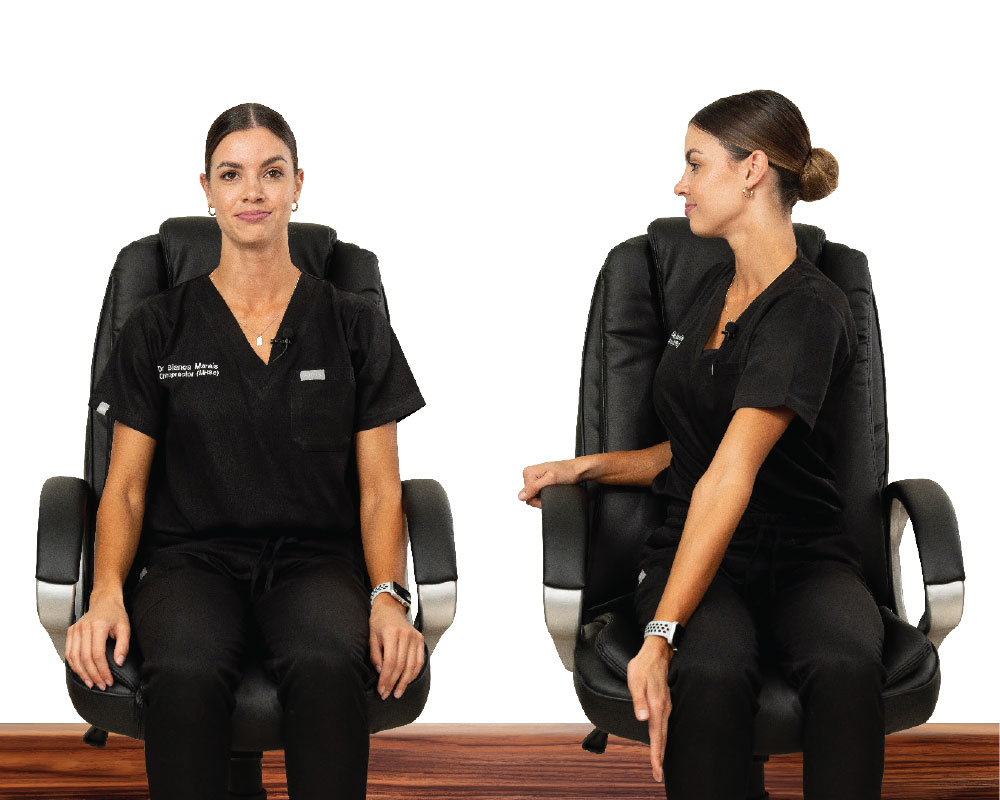
Forward fold
- Extend your right leg out in front of you and your left arm overhead.
- Exhale as you hinge at your hips. Reach your left hand towards your right foot or shin. Hold the stretch for 15-20 seconds.
- Repeat the sequence with the opposite leg and arm.
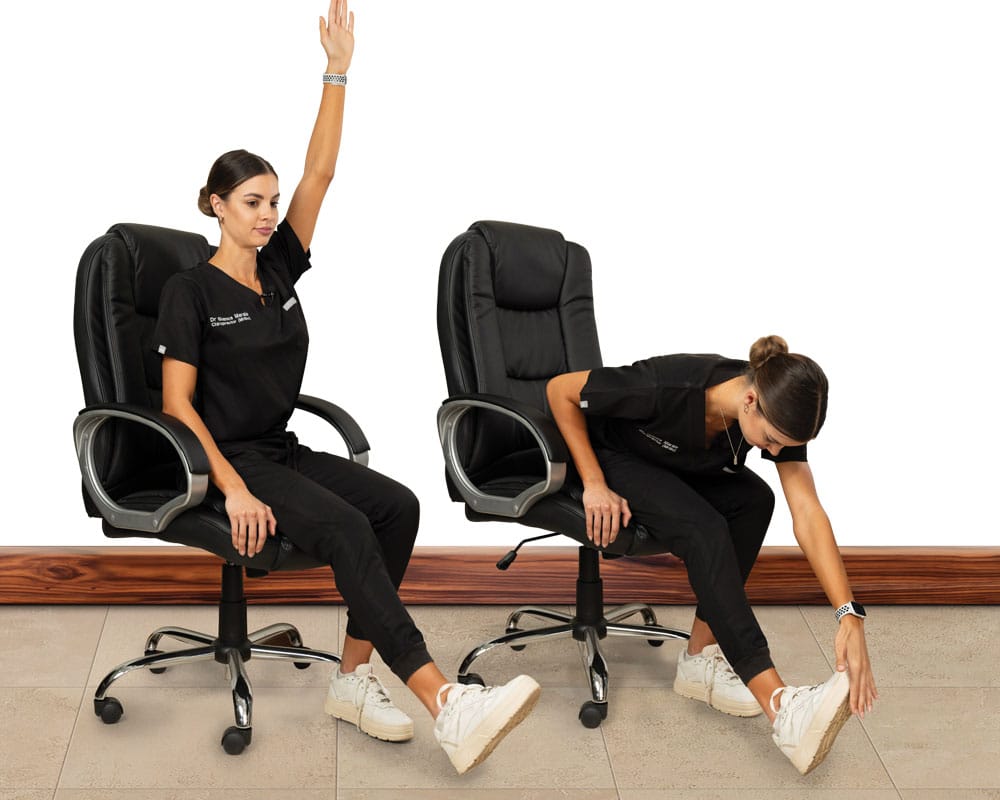
Seated squats
- Sit up straight in your chair. Raise your arms overhead. Stand up from the seated position, extending your hips to a 45° angle. Fully extend your hips to stand upright, keeping your arms overhead.
- Sit back down by pushing your hips back. Keep your back straight. Perform up to 5 squats.
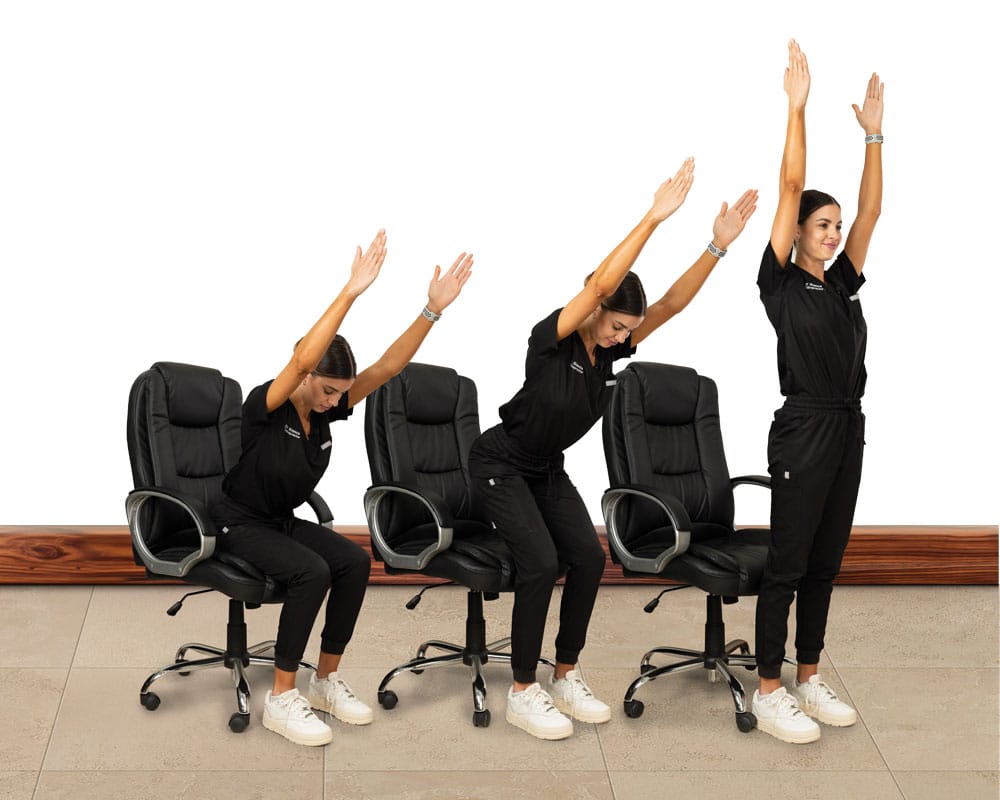
Seated glute stretch
- Sit up straight in your chair. Cross your right leg over your left knee. Gently lean forward until you feel a stretch in the glute on your right (bent leg) side. Keep your head and neck aligned and your chin down. Hold the stretch for 30-60 seconds.
- Cross your left leg over your right knee and repeat the sequence.
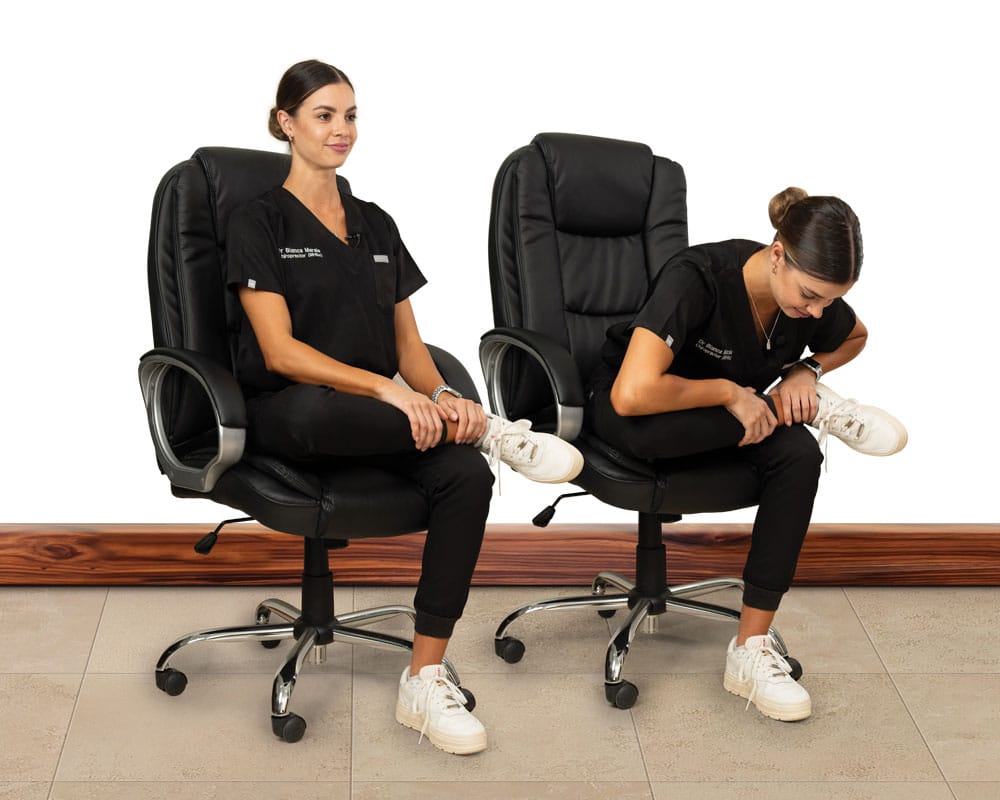
Performing these movements periodically throughout the day during work breaks can deliver potential benefits that include reduced muscle pain and tension, enhanced blood circulation, decreased stress levels, increased energy levels, and improved posture.
Regular movement may also help prevent muscular imbalances.
These stretches and ergonomic tools help optimise interactions between the employee and their work environment, which enhances efficiency and productivity in any task they perform by reducing, limiting or preventing pain or discomfort, and reducing injury risk to promote overall employee health and wellbeing.
Always remember, movement is medicine and prevention is better than cure.
Tech neck
We live in a world where technology dominates just about everything we do, which means more time spent sitting in front of screens at home and at work.
The issue is that using technology like laptops, computers, tablets and smartphones encourages physical inactivity and poor posture, leading to conditions like tech neck (aka text neck).
Work-related issues
This is why work-related musculoskeletal disorders (WRMSDs) and associated pain is the highest it has ever been, with lower back pain, neck pain and shoulder pain the most prevalent1.
Three of the biggest contributing factors to WRMSDs are:
- Sitting for prolonged periods of time without regular breaks;
- Staring at a computer screen for too long; and,
- Sitting for prolonged periods with improper posture.
Sit up straight
Sitting for prolonged periods can negatively impact our spine and body due to our inability to sustain correct posture over long periods, especially if our work station does not promote good posture.
This leads to slouching with rounded shoulders as we stare down at our computer screens, which causes the muscles at the back of our neck to shorten and the muscles in the front to lengthen. The result is often neck pain and associated headaches.
Constant slouching also causes chest muscles to shorten, contributing to rounded shoulders that are stuck in a forward position, and a closed chest.
Remaining in this position over-stretches and weakens the muscles between our shoulder blades (known as rhomboid muscles), which are the primary muscles responsible for maintaining an upright posture. The muscles that run along the sides of our spine (known as erector spinae muscles) are also affected in this way.
Unhappy hips
Prolonged sitting will also cause weak and tight glute muscles, which can contribute to pain and/or discomfort over our gluteal area. For some, this may cause referral pain down the leg, commonly known as sciatica.
Other common WRMSDs that can occur from prolonged sitting include disc bulges or herniations, headaches, carpal tunnel syndrome and elbow tendonitis.
Clearly, prolonged sitting can have a significant negative impact on our bodies, causing various muscle imbalances throughout the body that can lead to tightness in certain muscles and weakness in others.
If left untreated, these imbalances will eventually trigger knock-on effects, causing limitations and movement restrictions throughout the joints in our neck, back and hips.
Take a break
Taking regular breaks from our work stations will help mitigate the consequences of prolonged sitting.
Implementing the Pomodoro technique offers an effective tool to regulate your workday. The technique was developed to encourage a beneficial work-to-break ratio, recommending a 5-minute break after every 25 minutes of work. After four Pomodoros (two hours), take a longer 15 to 30-minute break.
Get ergo
Other tools that can help improve our posture at our desk include ergonomically-designed chairs, back support cushions, height-adjustable computer stands and desks, laptop stands, wrist-supported keyboards and mouse pads, and so much more. These devices help mitigate the side effects of prolonged sitting.
Desk-bound exercise
Another easy, accessible and effective tool at our disposal to help decrease WRMSDs entails performing simple yet effective stretches and exercises at your work station to encourage body movement.
This approach is quick and convenient, allowing you to move your body without leaving the office to go to the gym.

